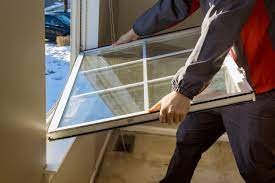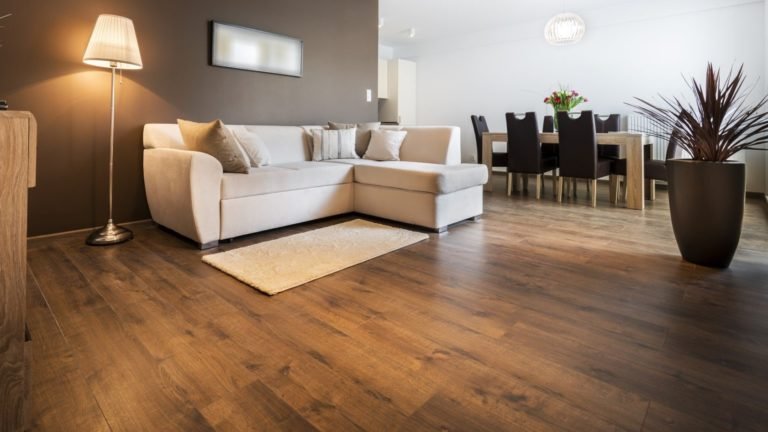Introduction to Energy-Efficient Windows
Energy-efficient windows play a crucial role in enhancing the comfort, sustainability, and cost-effectiveness of homes. As awareness of environmental issues and energy conservation grows, more homeowners are turning to energy-efficient windows to reduce their carbon footprint and save money on utility bills. This guide aims to provide homeowners with essential information and considerations for selecting the right energy-efficient windows for their needs.
Understanding Energy Efficiency Ratings
When shopping for energy-efficient windows, it’s essential to understand the various ratings and labels that indicate their performance. These ratings, such as the U-factor, solar heat gain coefficient (SHGC), and energy star certification, provide valuable insights into a window’s energy efficiency and performance in different climates. Homeowners should look for windows with low U-factors and SHGC values to minimize heat loss in winter and heat gain in summer.
Types of Energy-Efficient Windows
Energy-efficient windows are available in a variety of materials, including vinyl, fiberglass, and wood, each with its unique characteristics and benefits. Vinyl windows are known for their affordability and low maintenance, while fiberglass windows offer excellent durability and insulation properties. Wood windows provide a timeless aesthetic appeal and natural insulation but require more maintenance. Additionally, homeowners can choose from different window styles, such as double-hung, casement, and picture windows, depending on their preferences and functional requirements.
Features to Look for in Energy-Efficient Windows
Several features contribute to the energy efficiency of windows, including low-emissivity (Low-E) coatings, gas fillings, and multiple glazing layers. Low-E coatings help to reflect infrared heat while allowing visible light to pass through, resulting in improved thermal performance. Gas fillings, such as argon or krypton, enhance insulation and reduce heat transfer. Multiple glazing layers, or double or triple-pane windows, provide additional thermal insulation and soundproofing benefits.
Selecting the Right Window Frame Material
The choice of window frame material is another critical consideration when selecting energy-efficient windows. Vinyl frames are popular for their affordability, low maintenance requirements, and excellent insulation properties. Fiberglass frames offer superior strength, durability, and thermal performance, making them ideal for harsh climates. Wood frames provide a classic, natural look and excellent insulation but require more maintenance to protect against moisture and pests.
Choosing the Best Window Style for Your Needs
When choosing energy-efficient windows, homeowners should consider their functional requirements, architectural style, and design preferences. Double-hung windows are versatile and easy to clean, making them suitable for most home styles. Casement windows offer excellent ventilation and unobstructed views but may not be suitable for all areas of the home. Picture windows provide expansive views and abundant natural light but are fixed and do not open.
Benefits of Energy-Efficient Windows
Investing in energy-efficient windows offers numerous benefits for homeowners. Beyond energy cost savings, energy-efficient windows improve indoor comfort by reducing drafts, hot spots, and cold areas. They also contribute to better indoor air quality by minimizing condensation and moisture buildup. Additionally, energy-efficient windows help to reduce the home’s environmental impact by lowering carbon emissions and energy consumption.
Cost Considerations and Return on Investment
While energy-efficient windows may have a higher upfront cost than standard windows, they offer significant long-term savings and return on investment. Homeowners can expect to recoup a portion of their investment through reduced energy bills and increased home value. Factors such as window material, style, size, and installation method can affect the overall cost of window replacement, so it’s essential to consider these factors when budgeting for the project.
Installation and Maintenance Tips
Proper installation is crucial to the performance and longevity of energy-efficient windows. It’s recommended to hire a professional window installer with experience in energy-efficient upgrades to ensure proper sealing and insulation. Additionally, regular maintenance, such as cleaning, lubricating hardware, and inspecting seals and weatherstripping, can help prolong the lifespan of windows and maintain their energy efficiency.
Government Incentives and Rebates
To further incentivize energy-efficient upgrades, many governments offer programs, incentives, and rebates for homeowners. These programs may include tax credits, rebates, and financing options for energy-efficient windows and other home improvements. Homeowners should research available incentives in their area and take advantage of these opportunities to offset the cost of window replacement and maximize their savings.
Common Myths About Energy-Efficient Windows
Despite their numerous benefits, energy-efficient windows are sometimes subject to misconceptions and myths. Common myths include beliefs that energy-efficient windows are prohibitively expensive, require frequent replacement, or lack durability. In reality, energy-efficient windows offer excellent long-term value, durability, and performance when properly selected, installed, and maintained.
Conclusion: Enhance Your Home with Energy-Efficient Windows
In conclusion, energy-efficient windows are a wise investment for homeowners looking to improve their home’s comfort, energy efficiency, and value. By understanding energy efficiency ratings, selecting the right window materials and styles, and taking advantage of available incentives, homeowners can enhance their living environment while reducing their energy costs and environmental impact. Whether upgrading existing windows or incorporating energy-efficient windows into new construction, investing in high-quality windows is a decision that pays dividends for years to come.





